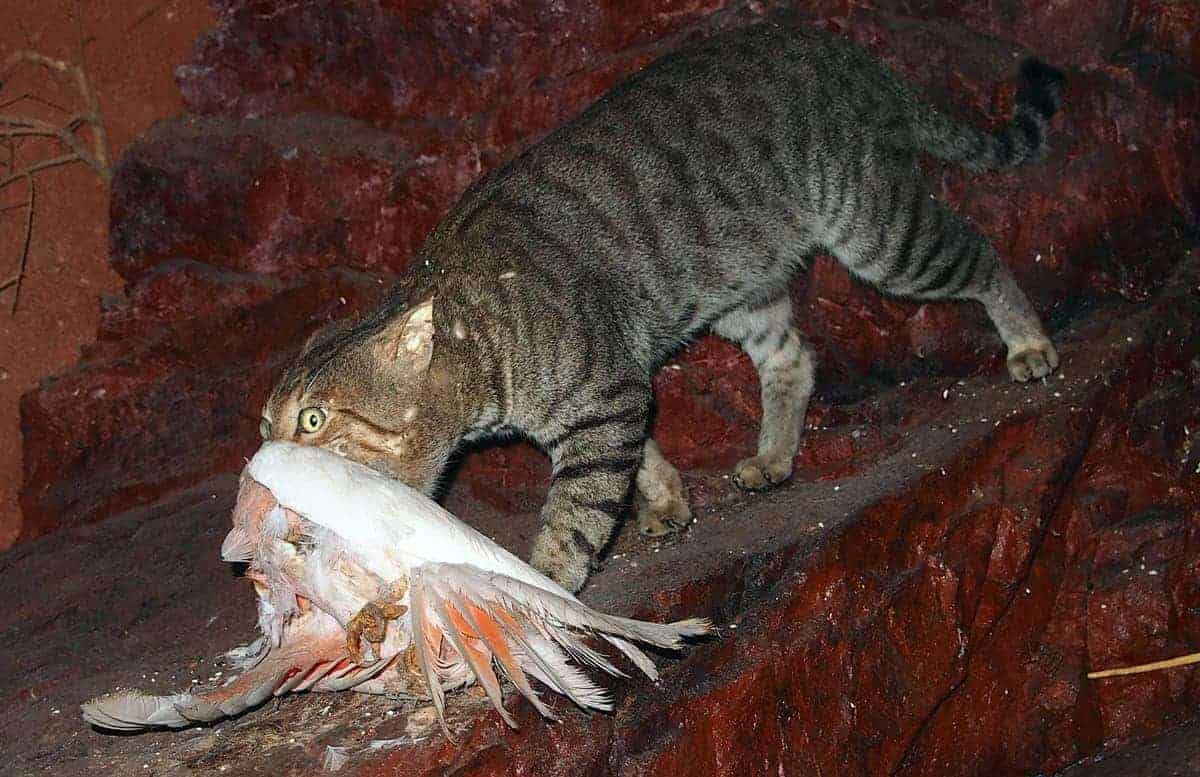Project recommendations
The next steps for the project are to complete all EICAT assessments and to assess the potential ecological consequences for Australia of certain priority invasive insects.
The Invasive Species Council will work with Australia’s biosecurity agencies and other stakeholders to:
a. assess the potential ecological consequences for Australia of certain priority invasive insects;
b. incorporate the results of the project into Australia’s biosecurity system, including surveillance, contingency planning, quarantine measures and eradication responses;
c. apply the process to other species groups and
d. establish a sustainable and publicly accessible data platform to maintain and regularly update information on potential invasive risks for the Australian environment.
The federal government has been improving its performance in the environmental area with the formation of the Office of Environmental Biosecurity in 2018. In 2019 the federal, state and territory governments adopted a ten-year invasive ant biosecurity plan and released an interim priority list of environmental biosecurity pests. The invasive ant biosecurity plan has limited funding for implementation while the interim priority list only gives 17 insect species as examples of high risks. Much more work is needed.
The project has made 23 recommendations and can be viewed in the full project report. In summary, these fall into three areas:
1. Preventing insect invasions into Australia
a. Priority species: Invasive insect species of environmental concern not already in Australia should be incorporated into Australia’s biosecurity system.
b. Introduction pathways: There should be a strong focus on reducing the risks of insect spread via the 10 most prevalent pathways for unintentional introductions.
c. Social Hymenoptera: Hymenopteran introductions should be a top priority for biosecurity, with the national invasive ant biosecurity plan fully implemented and improved preparedness to respond to new incursions.
2. Applying best practice processes for prioritising potential environmental invaders
A similar process should be applied to other species groups as the basis for determining priorities for Australian environmental biosecurity.
3. Sustaining the process with an accessible data platform
A national public exotic and invasive species data platform is needed that is comprehensive, updateable and well resourced.
Accessing the project results
The results of the project will be peer-reviewed and made available as an open access resource for the Australian and international communities. This will include a database of the more than 2000 species considered and species-by-pathways data and information on the Environmental Impact Classification for Alien Taxa process and its application to insects, a list of 100 species ranked by their impact severity, pathway results and structured horizon scan.
Links will be added to this page as scientific papers are published.
Acknowledgements















